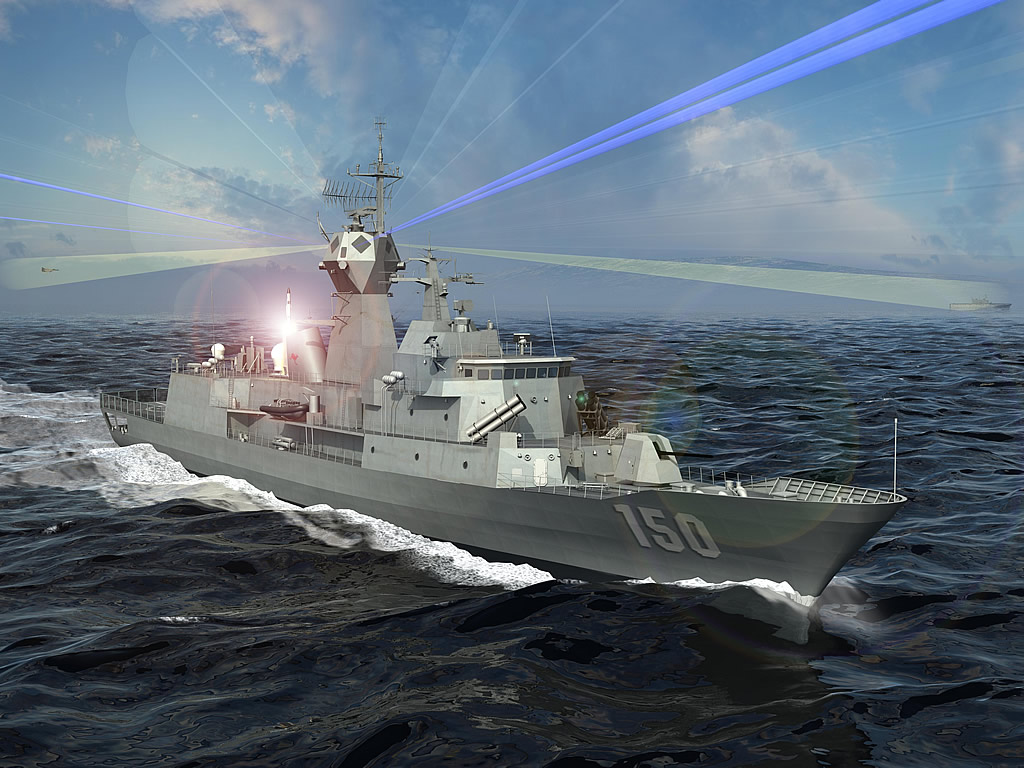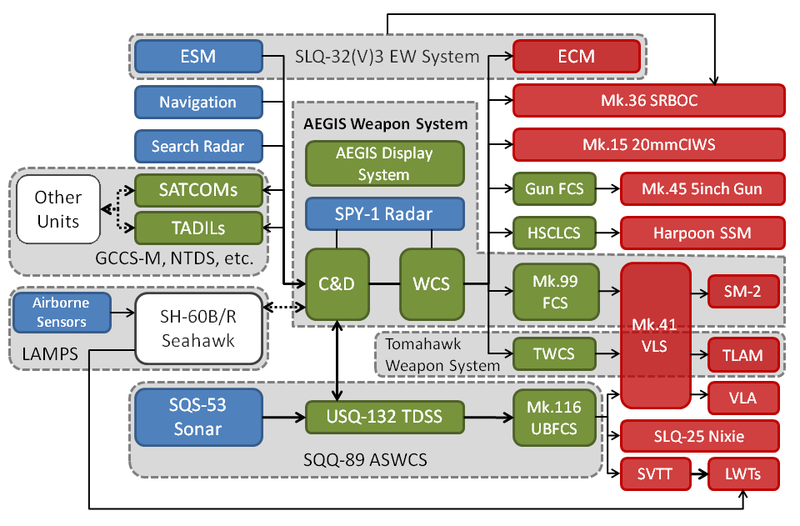Tag: Lockheed Martin
US to send first element of anti-missile system in Europe to Romania
Lockheed Martin Vs Raytheon or Who Gets Navy Air and Missile Defense Radar AMDR contract
 Lockheed Martin has filed a protest over competitor Raytheon Oct. 10 award of the Navy’s Air and Missile Defense Radar (AMDR) contract , Lockheed Martin officials confirmed to USNI News on Wednesday.
The protest — filed on Tuesday — will now begin a process that could stop work on the new radar until the Government Accountability Office (GAO) decides on the validity of the protest. The process can take up to 100 days before the GAO renders a decision.
Lockheed’s move follows the $386 million award to Raytheon for an S-band AMDR and radar suite controller (RSC) planned for the Navy’s Flight III Arleigh Burke guided missile destroyers. Additional options in the contract could grow the final contract to $1.6 billion.
Lockheed has supplied radars for the Navy’s guided missile destroyers throughout the Aegis program — primarily with its SPY-1 line of radars — back to the early 1980s. Given Lockheed’s longevity with the program, the protest did not come as a surprise.
Naval Sea Systems Command would not comment on the protest other than saying the AMDR the award was the result of, “a full and open competition”
Lockheed said the company, “submitted a technically compliant solution at a very affordable price,” read a company statement on the protest provided to USNI News on Wednesday.
“We do not believe the merits of our offering were properly considered during the evaluation process.”
Lockheed Martin has filed a protest over competitor Raytheon Oct. 10 award of the Navy’s Air and Missile Defense Radar (AMDR) contract , Lockheed Martin officials confirmed to USNI News on Wednesday.
The protest — filed on Tuesday — will now begin a process that could stop work on the new radar until the Government Accountability Office (GAO) decides on the validity of the protest. The process can take up to 100 days before the GAO renders a decision.
Lockheed’s move follows the $386 million award to Raytheon for an S-band AMDR and radar suite controller (RSC) planned for the Navy’s Flight III Arleigh Burke guided missile destroyers. Additional options in the contract could grow the final contract to $1.6 billion.
Lockheed has supplied radars for the Navy’s guided missile destroyers throughout the Aegis program — primarily with its SPY-1 line of radars — back to the early 1980s. Given Lockheed’s longevity with the program, the protest did not come as a surprise.
Naval Sea Systems Command would not comment on the protest other than saying the AMDR the award was the result of, “a full and open competition”
Lockheed said the company, “submitted a technically compliant solution at a very affordable price,” read a company statement on the protest provided to USNI News on Wednesday.
“We do not believe the merits of our offering were properly considered during the evaluation process.”
New Mini-Munitions Will Soon Eliminate Civilian Casualties and Collateral Damage
Civilian casualties and collateral damage could be completely eliminated in the near future thanks to a line of new mini-munitions designed by leading government defense contractors.
 Raytheon Missile Systems is in process of designing a 13lb Small Tactical Munition to be carried by smaller unmanned aircraft like Shadow, TigerShark, Hunter and Viking. STM uses a combination of GPS satellite and inertial navigation with semi-active laser targeting. The device is around 24 inches long and 4 inches around. This will give the drones the option to attack smaller targets like automobiles without causing damage to surrounding areas.
Raytheon Missile Systems is in process of designing a 13lb Small Tactical Munition to be carried by smaller unmanned aircraft like Shadow, TigerShark, Hunter and Viking. STM uses a combination of GPS satellite and inertial navigation with semi-active laser targeting. The device is around 24 inches long and 4 inches around. This will give the drones the option to attack smaller targets like automobiles without causing damage to surrounding areas.
 Northrop Grumman has come out with the Viper Strike, a gliding, GPS-aided laser-guided variant of the Northrop Grumman Brilliant Anti-Tank (BAT) munition which originally had a combination acoustic and IR seeker. The Viper Strike is 36 inches long and only 5.5 inches in diameter.
Northrop Grumman has come out with the Viper Strike, a gliding, GPS-aided laser-guided variant of the Northrop Grumman Brilliant Anti-Tank (BAT) munition which originally had a combination acoustic and IR seeker. The Viper Strike is 36 inches long and only 5.5 inches in diameter.
 Lockheed Martin has released the Scorpion (21.5 inches in length, and 4.25 inches in diameter),which is adaptable to multiple launch platforms, including manned or unmanned systems. Scorpion uses a semi-active laser (SAL) seeker for man-in-the-loop terminal guidance,and can be tailored to use planned, imaging infrared (I2R), shortwave infrared (SWIR), or millimeter wave (MMW) seekers.
Lockheed Martin has released the Scorpion (21.5 inches in length, and 4.25 inches in diameter),which is adaptable to multiple launch platforms, including manned or unmanned systems. Scorpion uses a semi-active laser (SAL) seeker for man-in-the-loop terminal guidance,and can be tailored to use planned, imaging infrared (I2R), shortwave infrared (SWIR), or millimeter wave (MMW) seekers.
Another Accomplishment for Lockheed Martin: Intermediate Range Ballistic Missile Blocked by Aegis BMD
 Yet another accomplishment was achieved by Lockheed Martin’s Aegis Ballistic Missile Defense (BMD) on April 14, 2011. Aegis BMD was proven effective against intermediate range ballistic missiles. USS O’Kane (DDG-77, Arleigh Burke-class destroyer ) was used for the exercise.
Here is how it worked.
• Aegis BMD used AN/TPY-2 radar to track the missile
• Using a launch-on-remote function Aegis BMD system detected the threat very early in flight
• A Standard Missile was fired to destroy the inbound missile
• Round of applause for Lockheed Martin
What does this mean for the rest of us? It means that our US Navy ships can defend themselves more effectively expanding the battle space.
There are 25 Aegis BMD-equipped ships currently deployed – 21 U.S. Navy ships and four Japanese destroyers. Three additional ships are planned to become BMD-capable this year.
Yet another accomplishment was achieved by Lockheed Martin’s Aegis Ballistic Missile Defense (BMD) on April 14, 2011. Aegis BMD was proven effective against intermediate range ballistic missiles. USS O’Kane (DDG-77, Arleigh Burke-class destroyer ) was used for the exercise.
Here is how it worked.
• Aegis BMD used AN/TPY-2 radar to track the missile
• Using a launch-on-remote function Aegis BMD system detected the threat very early in flight
• A Standard Missile was fired to destroy the inbound missile
• Round of applause for Lockheed Martin
What does this mean for the rest of us? It means that our US Navy ships can defend themselves more effectively expanding the battle space.
There are 25 Aegis BMD-equipped ships currently deployed – 21 U.S. Navy ships and four Japanese destroyers. Three additional ships are planned to become BMD-capable this year.
